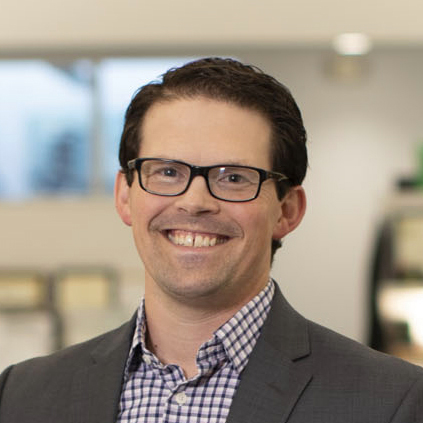Home » Keywords: » building design
Items Tagged with 'building design'
ARTICLES
A Spotlight on Women in The AEC Industry
Celebrating International Women’s Day in Design
Part 2 of a 2-Part Series
March 10, 2025
A Spotlight on Women in The AEC Industry
How Women Design Equitable Spaces
Shaowen Chou
March 10, 2025
A Spotlight on Women in The AEC Industry
Women Designers Create Spaces that Enhance Experience
Ann Hampton
March 10, 2025
A Spotlight on Women in The AEC Industry
How Sustainability and the Built Environment Impact our Health
Nandar Godoy-Dinneen, LEED GA
March 10, 2025
A Spotlight on Women in The AEC Industry
Designing Spaces to Meet Divergent Needs
Jenny Freeman
March 10, 2025
WEDG Training Offered to Former Federal Employees
The rigorous Professionals Course is now available to federal employees who have been let go by the Trump-Vance administration, free of charge
February 27, 2025
Improving Daylight and Enhancing Student Safety
A key challenge in construction was introducing daylight to areas where traditional skylights were not viable
February 24, 2025
Fentress Global Challenge 2024 Winners Announced
Students were encouraged to design an airport terminal for the year 2100 CE
February 19, 2025
EVENTS
Webinar BE University
8/6/24 to 8/6/25
Contact: Demi
Roles and Responsibilities for Success with CFS Framing
Webinar BE University
9/11/24 to 9/11/25
Contact: Demi
Managing Resilience & Risk in the Building Enclosure
Enhance your expertise with unparalleled insights.
Join thousands of building professionals today. Shouldn’t you know what they know?
SUBSCRIBE TODAY!Copyright ©2025. All Rights Reserved BNP Media.
Design, CMS, Hosting & Web Development :: ePublishing











